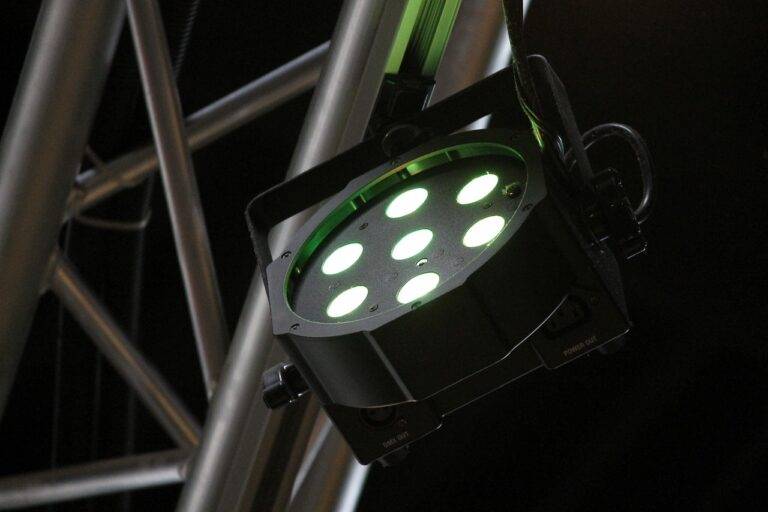The Evolution of Smart Home Technology
Home automation, a concept that is now revolutionizing the way we interact with our homes, had its early roots in the 20th century. The idea of controlling household appliances remotely first emerged with the invention of the remote control. Simple devices such as remote-controlled garage door openers and television sets laid the foundation for the more advanced systems we have today.
As technology continued to progress, the integration of home automation systems became more widespread. In the 1970s and 1980s, advancements in computing and electronics allowed for the development of more sophisticated automation systems that could control multiple devices within the home. Homeowners could now remotely adjust lighting, temperature, and security systems, ushering in a new era of convenience and efficiency in household management.
From Simple Remote Controls to Complex Systems
The evolution of home automation technology has seen a remarkable transformation from its humble beginnings in simple remote controls to the intricate systems of today. Initially, basic remote controls were used to manipulate electronic devices such as televisions and garage doors from a distance. Users were delighted by the convenience and novelty of being able to adjust settings without physically touching the devices.
Over time, the capabilities of home automation systems expanded exponentially, giving rise to complex networks that could be controlled and monitored remotely. The integration of wireless technology allowed for seamless communication between various devices, paving the way for a more interconnected and intelligent home environment. Today, homeowners can enjoy a plethora of sophisticated features, such as smart thermostats, lighting control, security systems, and even automated appliances that can be managed through a centralized hub.
Integration of Voice Control Technology
Voice control technology has revolutionized the way we interact with our home automation systems. By simply speaking commands aloud, users can now control various aspects of their smart homes, such as adjusting the thermostat, turning on lights, or even playing music. This level of hands-free control has made home automation more accessible and convenient for people of all ages and abilities.
One of the key features of voice control technology is its ability to integrate with other smart devices and systems seamlessly. This allows for a more holistic approach to home automation, where users can control multiple functions and devices with a single voice command. As technology continues to advance, we can expect even greater integration and capabilities from voice control systems in the future.





